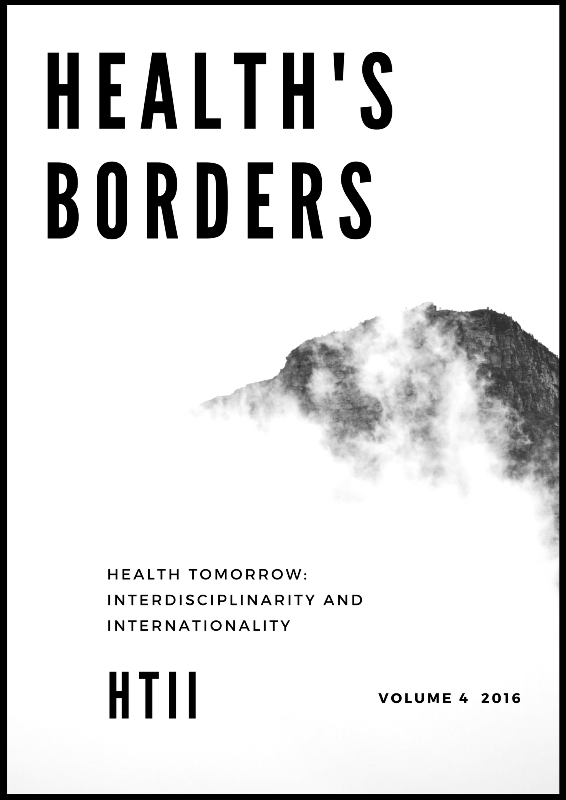Beyond “PTSD”: How stories and artworks that “make strange” can serve as signposts on new maps toward the communalization of military trauma
DOI:
https://doi.org/10.25071/2564-4033.40201Abstract
The psychiatric system, in large part due to its reliance on the Diagnostic and Statistical Manual (DSM), has a tendency to pathologize ordinary human reactions to difficult life events, and to individualize treatments for “mental illness.” This article builds on existing literature that is critical of psychiatry and proposes that art and stories that ‘make strange’ and elude easy interpretation may serve as a powerful counterpoint or complement to the ‘standard way of doing things’ when it comes to mental health care. Using military trauma as an example, this article highlights the inadequacies of Post Traumatic Stress Disorder (PTSD) as a diagnostic category; and, drawing from critical literature in the field and the author’s own experiences working with groups of traumatized veterans, it illustrates how and why ancient mythology and modern art especially may serve as useful tools for those who are having problems with living. The ‘disorienting dilemmas’ and consciousness-raising discussions such works evoke have the potential to touch on vital, nuanced, and philosophical aspects of trauma and suffering that are too often overlooked by the psychiatric profession.
Keywords: military trauma; mental health; modern art; theatre; ancient mythology; transformative learning; museums; PTSD.

